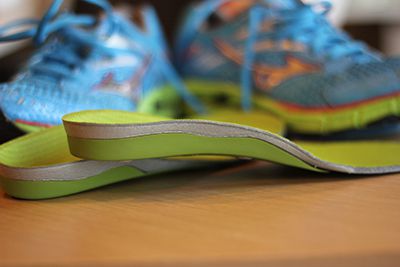Arthritis
Whats Behind the Aches and Pains 
Like a rusty hinge that makes opening and closing a door difficult, the joint pain and stiffness of arthritis can make it hard to bend or move. While there is no cure, there are plenty of things you can do to slow the progression and relieve symptoms. Thats good news for those who suffer from this condition in their feet and ankles, since there are more than 30 joints in the foot allowing for a wide range of movements. If pain or joint stiffness sets in here, it can make even standing or simply walking difficult.
Although there are many types of arthritis, the most common that affect the feet and ankles include:
Osteoarthritis this is what is known as degenerative, meaning it is caused by wear and tear over time and the natural aging process. A breakdown of the cartilage that cushions the joints leads to inflammation, pain, and sometimes even deformity. This usually occurs slowly over many years.
Rheumatoid arthritis a chronic, autoimmune disease, this type is the result of your body producing substances that attack your joints, damaging the bones, cartilage, and connective tissues. The exact cause is unknown, although it is believed that some people carry the gene which can be triggered by infection or environmental factors.
Posttraumatic arthritis dislocations and fractures from the past can come back to haunt you! This type of the condition can set in and damage the affected joints cartilage even years after the initial injury.
What You Can Do to Ease Discomfort
Symptoms of arthritis include swelling, tenderness, redness, warmth to the touch, pain with motion or activity, and joint stiffness. Thats a long list, but believe it or not, with just a few changes, you can not only manage these symptoms, but live a full and active life.
Pain Laser treatments, anti-inflammatory medications or injections, synovial fluid replacement using Hyaluronate Acid (HA) solutions as Synvisc or Neovisc, compressive socks, ankle and foot supports and orthotics are all ways that can provide relief. A switch to a pair of shoes that offer support, flexibility, and are shaped like your foot can make a difference too. Stretching exercises are also beneficial, and although you may experience joint pain with movement, a great way to manage the pain, ironically, is to do just that move! Exercising can do wonders to minimize joint stiffness and pain. Low-impact options are best since they do not put excess stress on your joints. Try swimming or biking, for example.
Of course, if arthritis pain is too much and affecting your quality of life, surgery is also an option. Procedures range from removing osteophytes, replacing damaged cartilage and joints with the newest alternatives to fusion of the bones. Our foot specialists can assess your situation and help you decide the best course of action. If you are suffering from painful joints, call Ottawa Foot Clinic at (613) 595-9700 today. We can help you return to a full and active life, and close the door on joint pain. Come see us at our Ottawa, ON, Canada location, or visit us online.



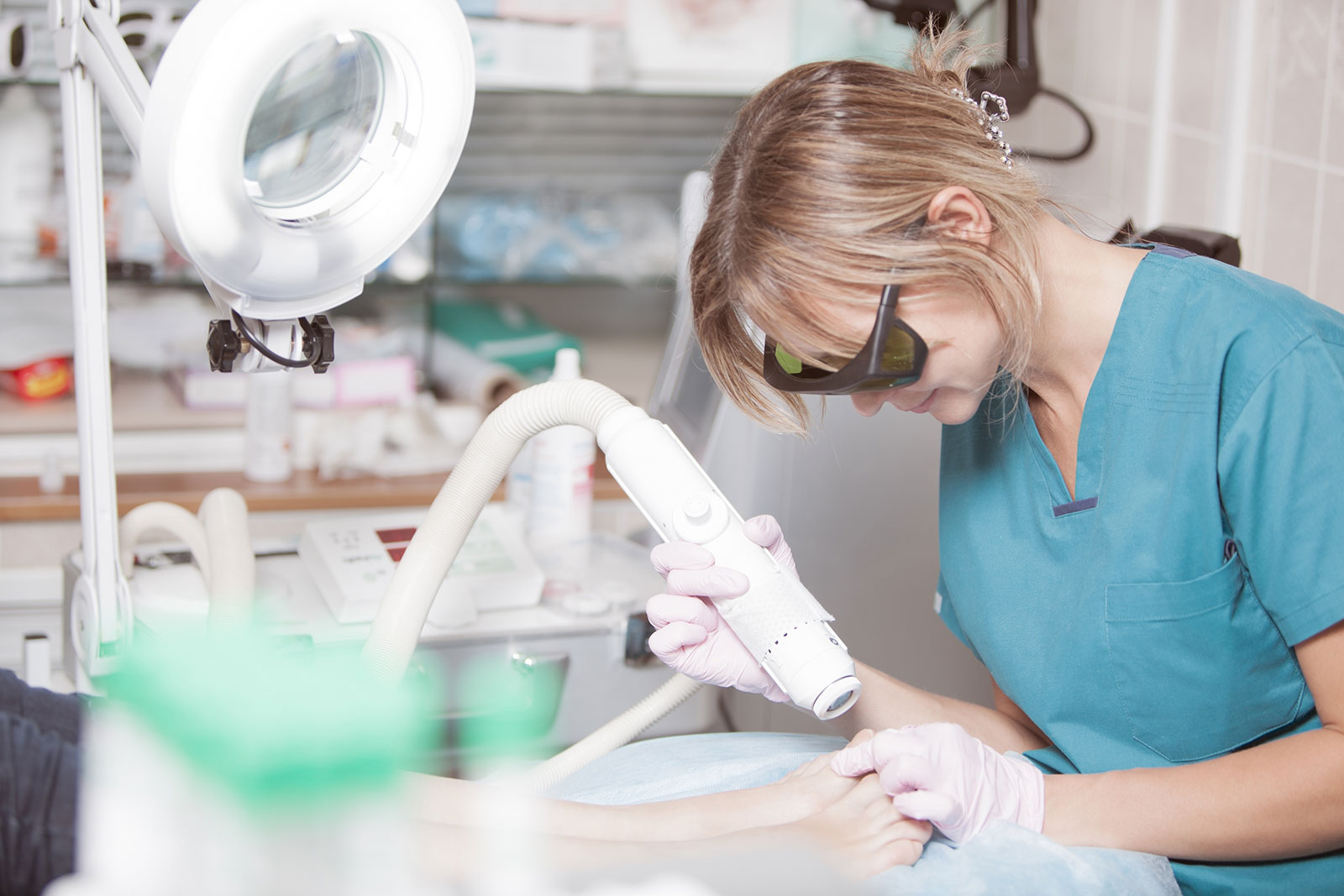

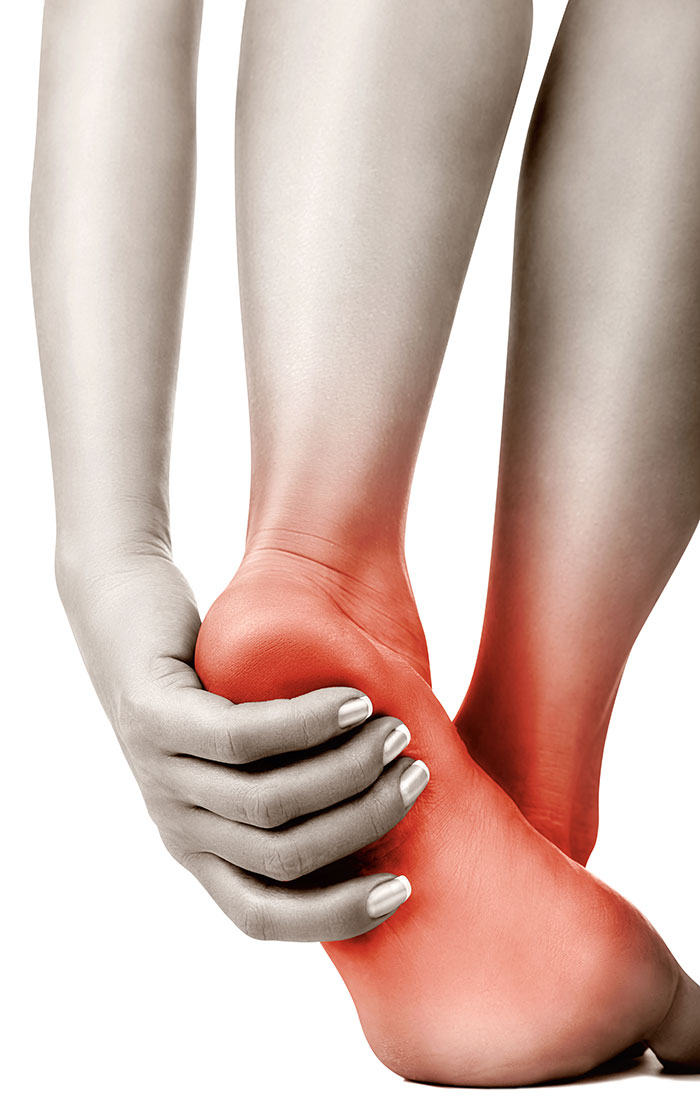
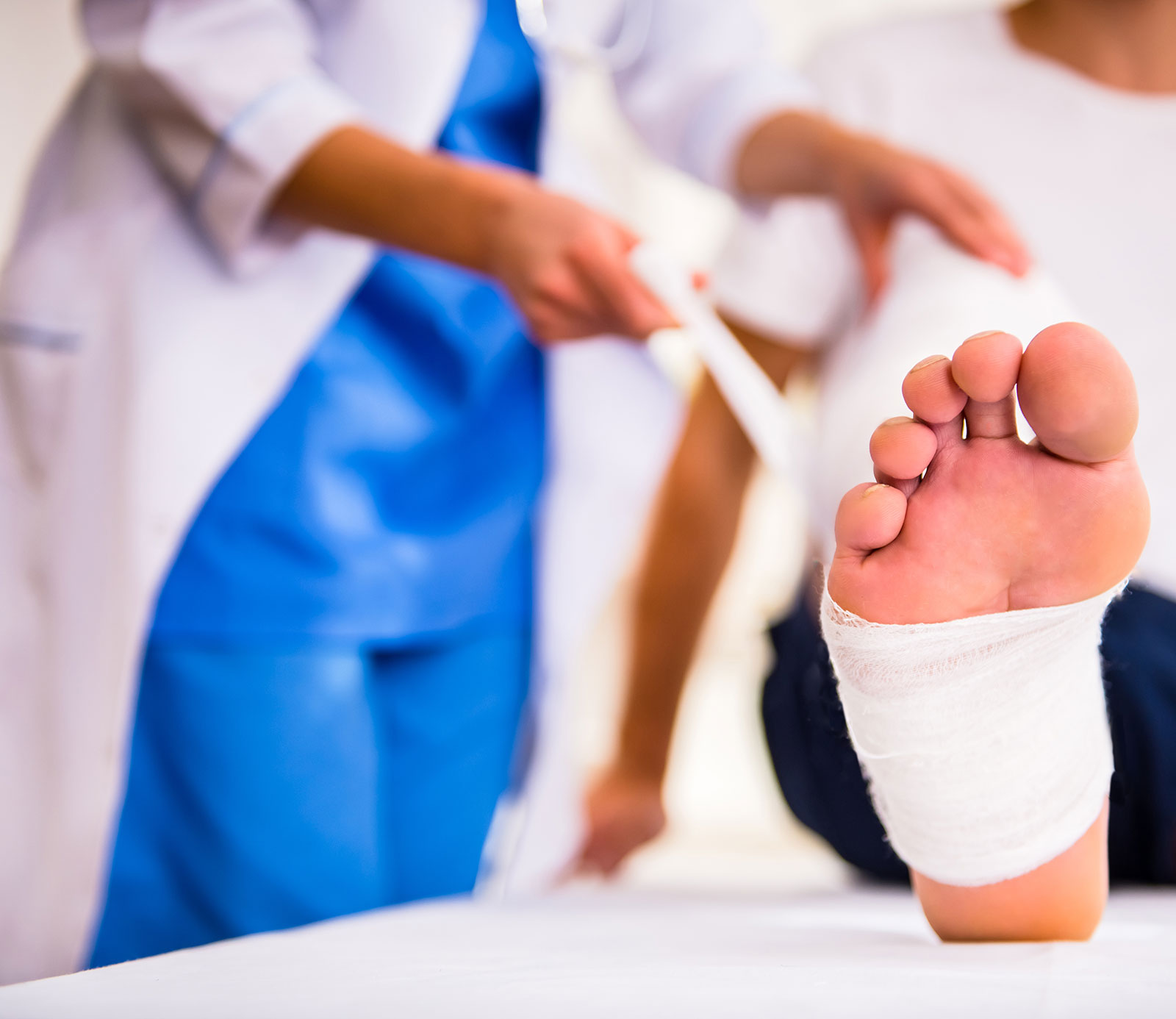
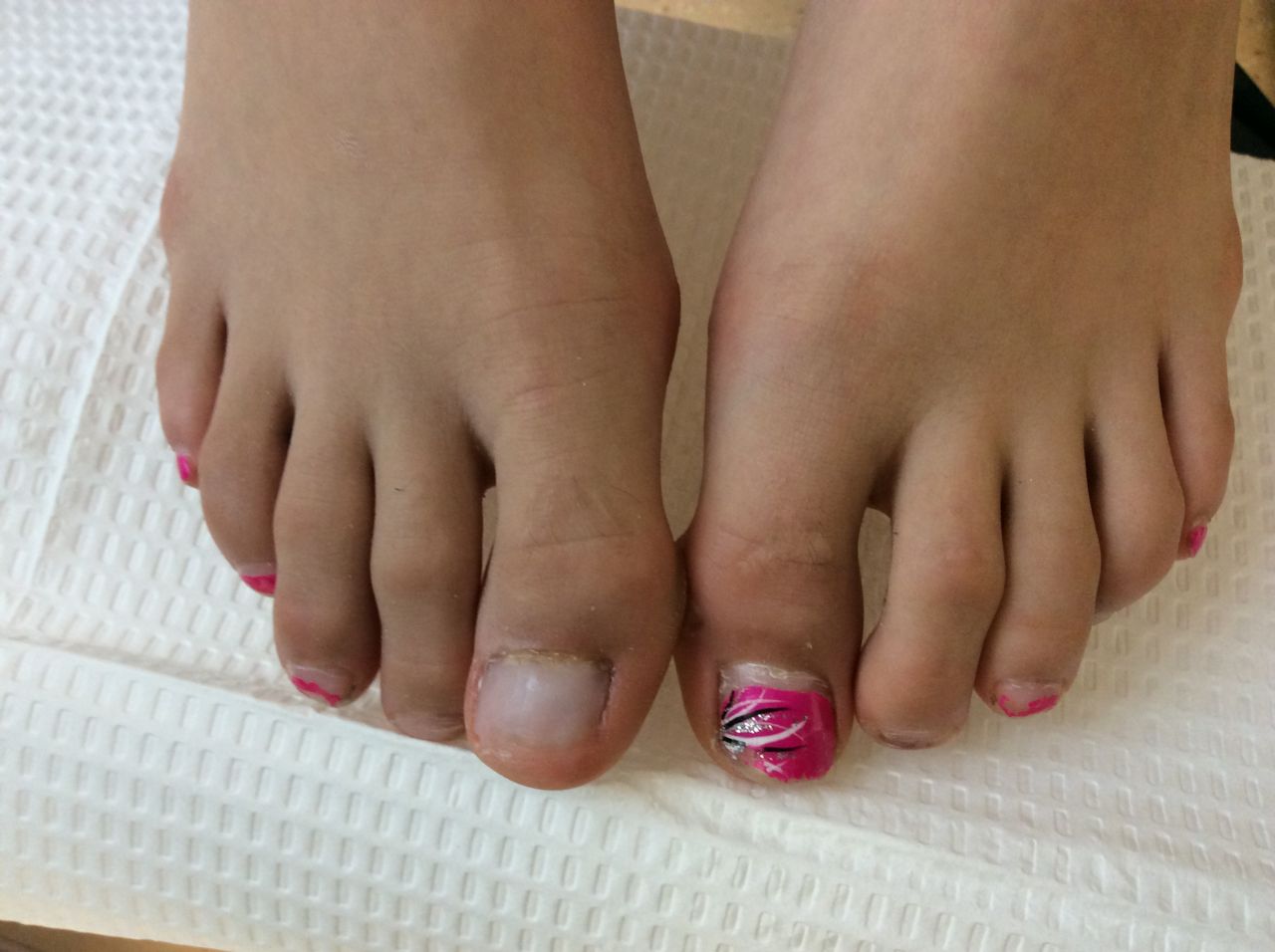
 A podiatric medical foot care and/or pedicure includes a more comprehensive foot care service than a regular salon pedicure. First, our podiatric medical foot care and/or pedicure specialty service goes far beyond the basic foot care essentials as it is provided under hospital-grade infection control and safe practices for sterilizing instruments and decontaminating treatment areas so our healthy patients, including our medically compromised, senior and diabetic patients, will not get or transmit any bacterial, viral, or fungal infection.
A podiatric medical foot care and/or pedicure includes a more comprehensive foot care service than a regular salon pedicure. First, our podiatric medical foot care and/or pedicure specialty service goes far beyond the basic foot care essentials as it is provided under hospital-grade infection control and safe practices for sterilizing instruments and decontaminating treatment areas so our healthy patients, including our medically compromised, senior and diabetic patients, will not get or transmit any bacterial, viral, or fungal infection.


